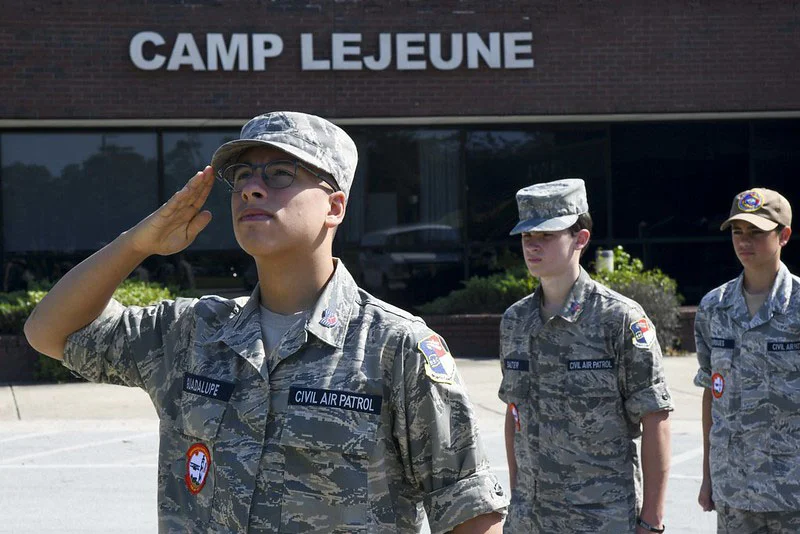Search Verdicts
Filter by Practice Area
Our team is ready to fight for you
Case Examples
Wrongful Death – Nursing Home Malpractice: Findling v. Heartland Health Care Center – Plymouth, et al.
- Confidential $2.5 Million Settlement for Man Rendered Paraplegic Due to Anesthesia and Surgical Errors
Sommers Schwartz shareholder Andy Dragovic secured a confidential $2.5 million medical malpractice settlement for a man who became paraplegic after a negligently performed aortic bypass operation.
The plaintiff, then 68-years-old, suffered from a heavily calcified, occluded aorta that reduced the blood flow from his heart to his legs. To fix that, he was scheduled for aortic bypass surgery, where the surgeons would create a new path around the blocked portion of the aorta for blood to get to his legs. The procedure is complicated because it requires clamping of the aorta to sew a graft to bypass the occluded portion.
Clamping and declamping the aorta causes blood pressure to rise and fall, which puts the spinal cord at risk for injury due to either too much or not enough blood and oxygen getting to the spinal cord. Communication between the anesthesia and surgical teams is imperative to properly manage these rises and falls in blood pressure to avoid unnecessarily risking injury to the spinal cord. The surgical team must adequately warn the anesthesia team when clamping and declamping so the anesthesia team can adequately prepare and take appropriate actions to stabilize the spikes and drops in blood pressure with proper medications. Likewise, the anesthesia team must communicate with the surgical team what actions they are taking.
In this case, the surgical and anesthesia teams failed to communicate during the critical declamping event. When the aorta was declamped, there was a precipitous drop in blood pressure. Due to lack of communication, the anesthesia team did not understand the reason for the blood pressure drop, causing them to panic. Not knowing the reason for the drop in blood pressure, they administered a very large dose of Epinephrine. Epinephrine is reserved for when a patient’s heart stops, not for a drop in blood pressure due to declamping the aorta, because it causes profound high blood pressure, as it did here. Because of the negligent shot of Epinephrine, the patient’s blood pressure spiked so high it caused the graft site on the aorta where the surgeon was suturing to explode and split apart, literally covering the surgical team in blood. Due to his massive blood loss, the patient suffered a severe ischemic injury to the spinal cord, rendering him paraplegic.
In addition to the surgical and anesthesia errors, the plaintiff claimed the surgery should not have been performed at all, as there were far less invasive and less risky ways to do the bypass surgery that do not involve clamping of the aorta. Had they used the less invasive approach, the spinal cord would never have been at risk for injury.
A Trusted Authority
Our attorneys have been featured on local and national media outlets, including:


